How to Spot a True JDM Car: 7 Telltale Signs Every Enthusiast Should Know
JDM (Japanese Domestic Market) cars are legendary — raw performance, distinctive styling, and cultural prestige. But with the rise in demand, many cars are falsely marketed as JDM when they’re simply Japanese-made export models. If you’re buying or writing about these machines, here’s how to spot the real deal.
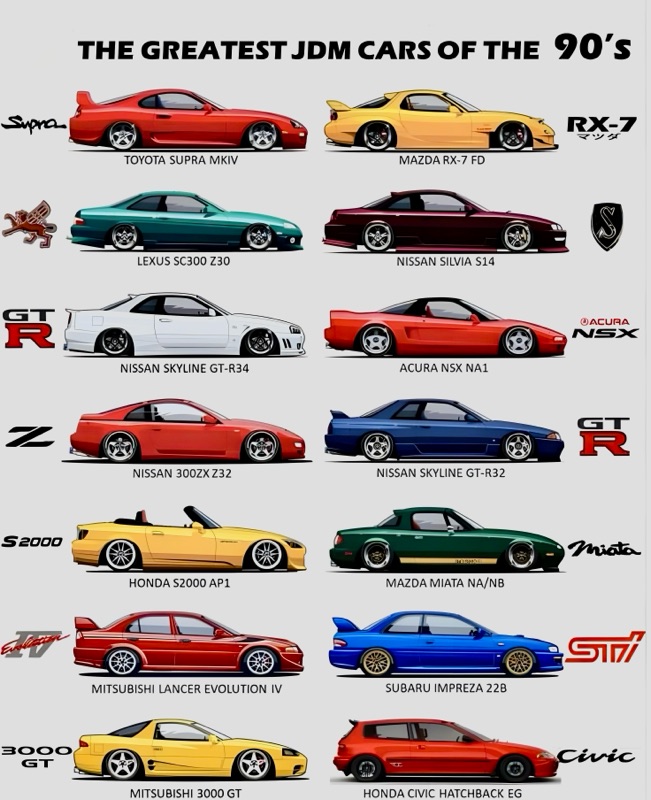
1. 🇯🇵 VIN Starting with “J” Doesn’t Mean It’s JDM
A common misconception: if the VIN starts with “J” (indicating Japan), it must be JDM. False. It just means it was manufactured in Japan — it could have been built for export markets like the US or Europe.
✅ True JDM cars have chassis codes (not VINs) that often match Japanese models not sold abroad (e.g., R32 GT-R, S13 Silvia with SR20DET).
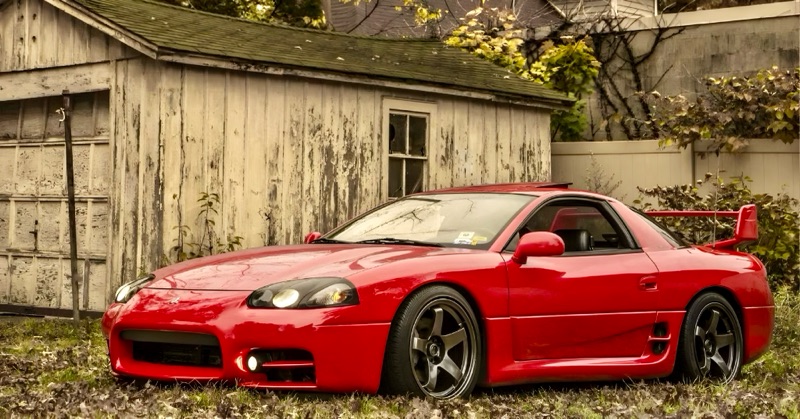
2. 🔄 Right-Hand Drive (RHD) is a Major Clue
Most JDMs are RHD. If the car is LHD (left-hand drive), it likely was built for export. That said, many RHD conversions are done post-import, so look for:
- Factory dash and center console (vs. crude retrofits)
- JDM climate control units and cluster layout
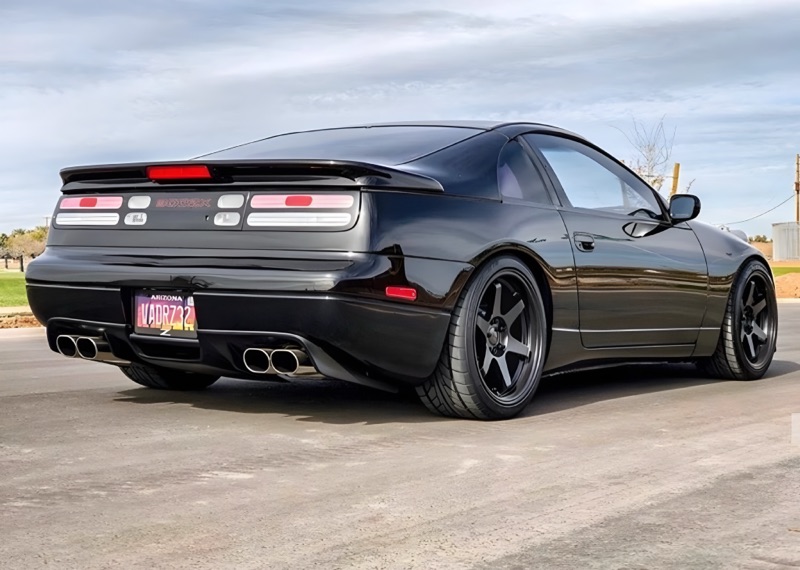
3. 📜 Auction Sheets & Export Certificates
A real JDM import should come with:
- Japanese de-registration/export certificate
- Auction sheet showing condition, mileage, and grade
- Original maintenance booklet (some even include service stamps from Japanese dealers)
🛠️ Tip: Cross-check auction sheets with JDM auction databases.
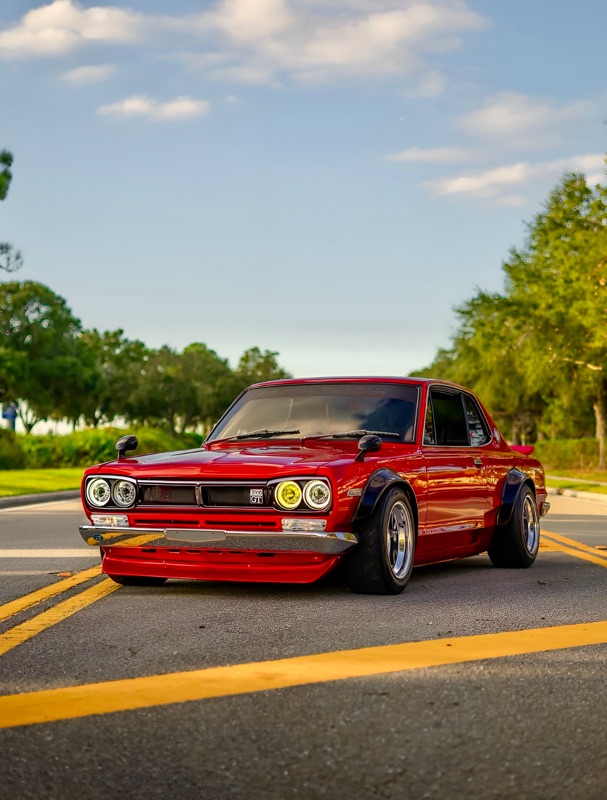
4. 🧩 OEM Parts & Badging
A true JDM car often has parts or features that were never available on export versions, such as:
- “Type R” badging (real, not replica)
- Japanese stickers, labels, or fuse boxes
- Factory options like parking poles, electronic toll collectors (ETC), or digital climate panels in Japanese
5. 📏 Unique Trim Levels and Options
JDM models frequently came with special trims unavailable elsewhere. For example:
- The ST205 Celica GT-Four with WRC options
- The R34 Skyline GT-T, not sold outside Japan
- JDM EF9 Civic SiR with B16A VTEC, unavailable in USDM models
🔍 Check databases like Goo-Net Exchange for original spec comparisons.
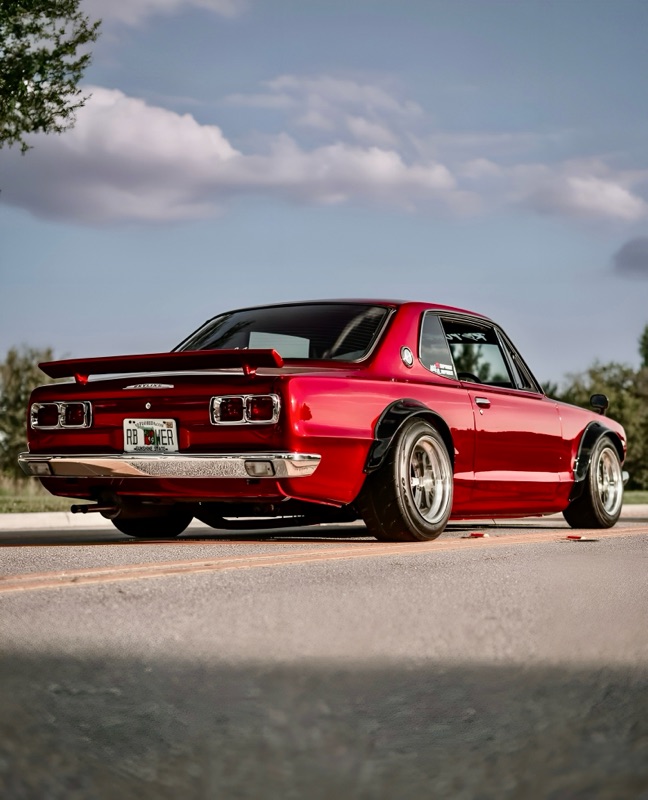
6. 🌏 Import Dates & Compliance Plates
In Europe or the U.S., check:
- Import documents with date of arrival and conformity inspections
- Modifications to meet local emissions or lighting standards
If it was truly imported from Japan, it will have aftermarket compliance plates or documentation from the import process.
7. 🛂 Chassis Numbers (Frame Codes)
Unlike VINs, JDM cars use chassis/frame numbers, e.g.:
- BNR32 (Nissan Skyline GT-R R32)
- E-EK9 (Civic Type R)
- JZA80 (Toyota Supra Mk4)
You can decode these to confirm if it was a Japan-market only spec.
✅ Bonus: Tools to Verify Authentic JDMs
- Japan Partner VIN Checker
- JDM Export Certificates (in Japanese)
- Goo-Net Exchange or Carsensor listings for comparison
- JDM Facebook groups & forums (experienced buyers often help with translation)
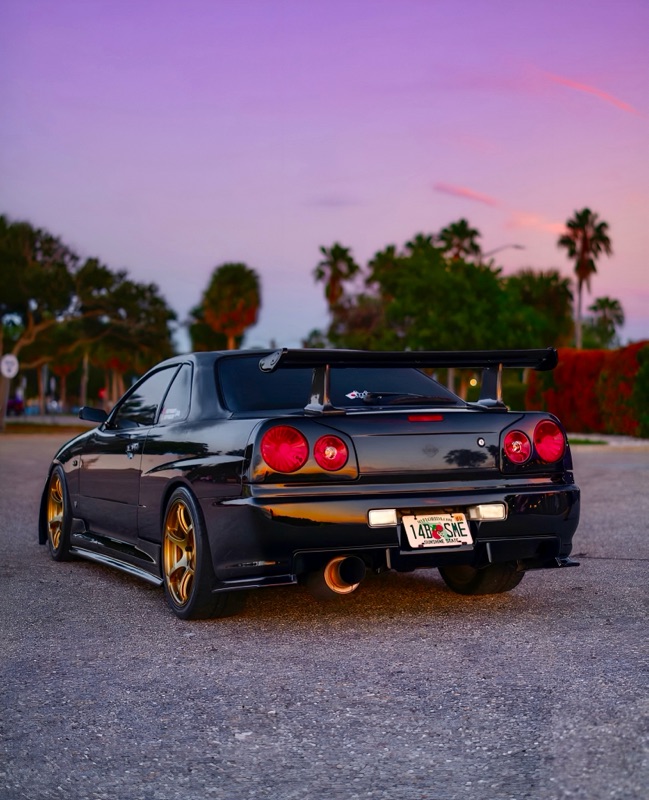
Final Thoughts
In the world of JDM cars, authenticity matters — for collectors, enthusiasts, and resale value. As interest continues to rise globally, so do the fakes and “almost JDMs.” Knowing how to tell the difference isn’t just useful — it’s essential.
Want more tips on buying, restoring, or verifying JDM legends? Subscribe to our newsletter and follow us on Instagram for real-world guides, market updates, and rare finds.
Comments
Post a Comment